The right technology tools for schools
Some things in education are timeless, but that doesn’t mean classroom technology has to be stuck in the past
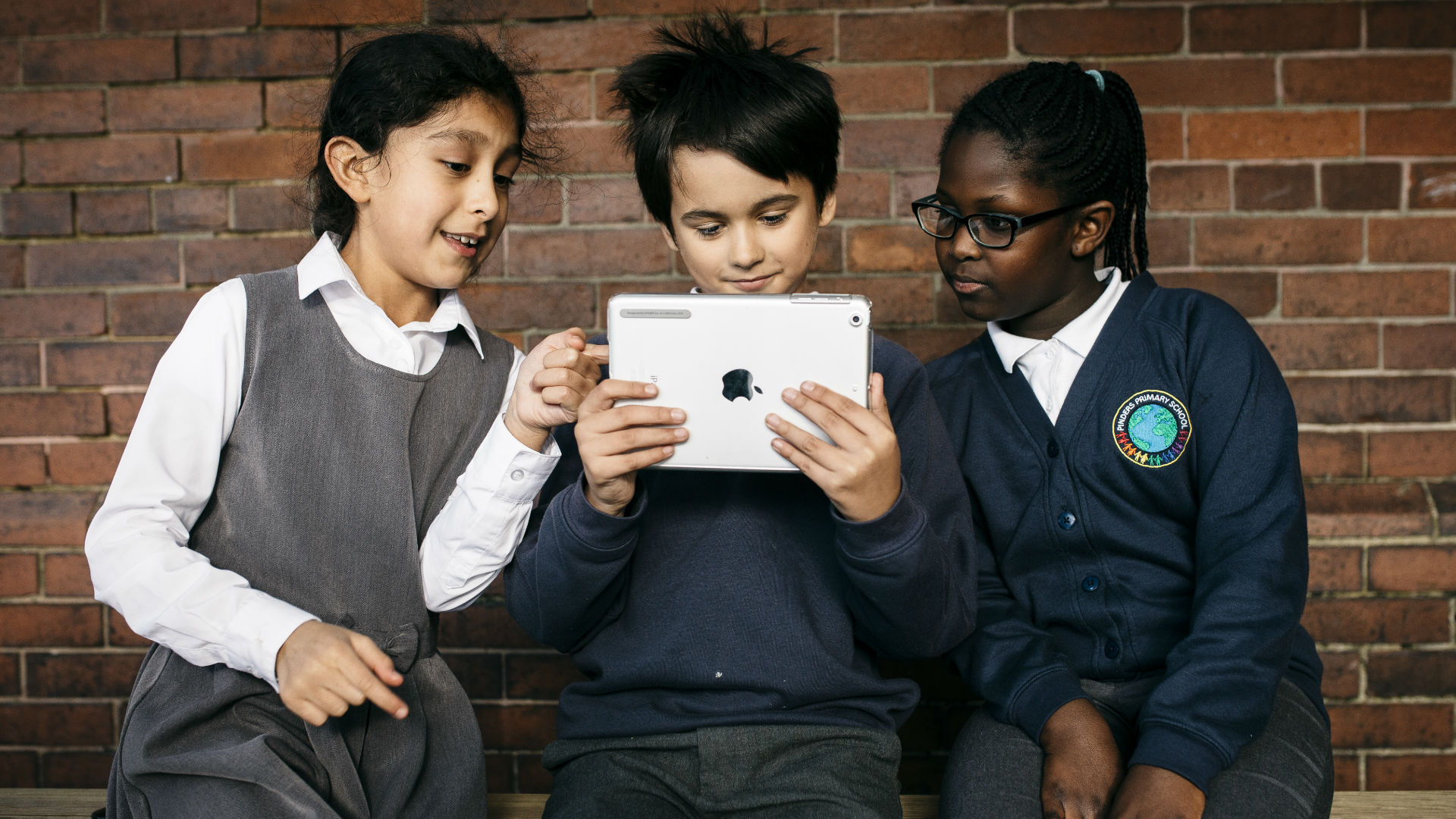
Imagine a classroom. What do you see? Chairs and tables in neat rows facing the teacher's desk? Perhaps some posters on the walls? Whatever amalgamation of these things you have in place there's one key element that will be in everyone's imaginary classroom: a blackboard.
In some senses, schools have changed little since education first became compulsory. There's no corporal punishment any more, of course, and learning by rote has been replaced by more creative and thoughtful teaching methods. But the essentials are the same and the blackboard - or, more commonly now, whiteboard - sits at the very heart of this. It's the focal point for lessons.
With the world having moved so far in virtually every dimension, but especially in technology, it's perhaps surprising that a time traveller from the Victorian era would largely recognise a school room if they saw one.
While it's not necessarily a bad thing that the layout of classrooms have stayed similar from generation to generation, advances in technology can augment a tried and tested system, providing a better experience for teachers and their students.
Bringing out the best
In a 2016 study sponsored by SMART Technologies, Filigree Consulting found that while excellent teaching is still the most important thing when it comes to positive student outcomes, when it's supplemented by good software and hardware (in that order), the results can be even more impressive.
According to the research, those using teaching best practice and technology together in the classroom reported achieving outstanding successes (38%) more frequently than their peers using just best practice but with low technology input (28%) or those using a lot of technology but not following best practice (20%).
At the recent Bett education technology show, Micro:bit Foundation's chief of education and strategy, Gareth James, lent credence to these results, stating that cutting edge digital tools will only succeed if they're in the hands of amenable teachers.
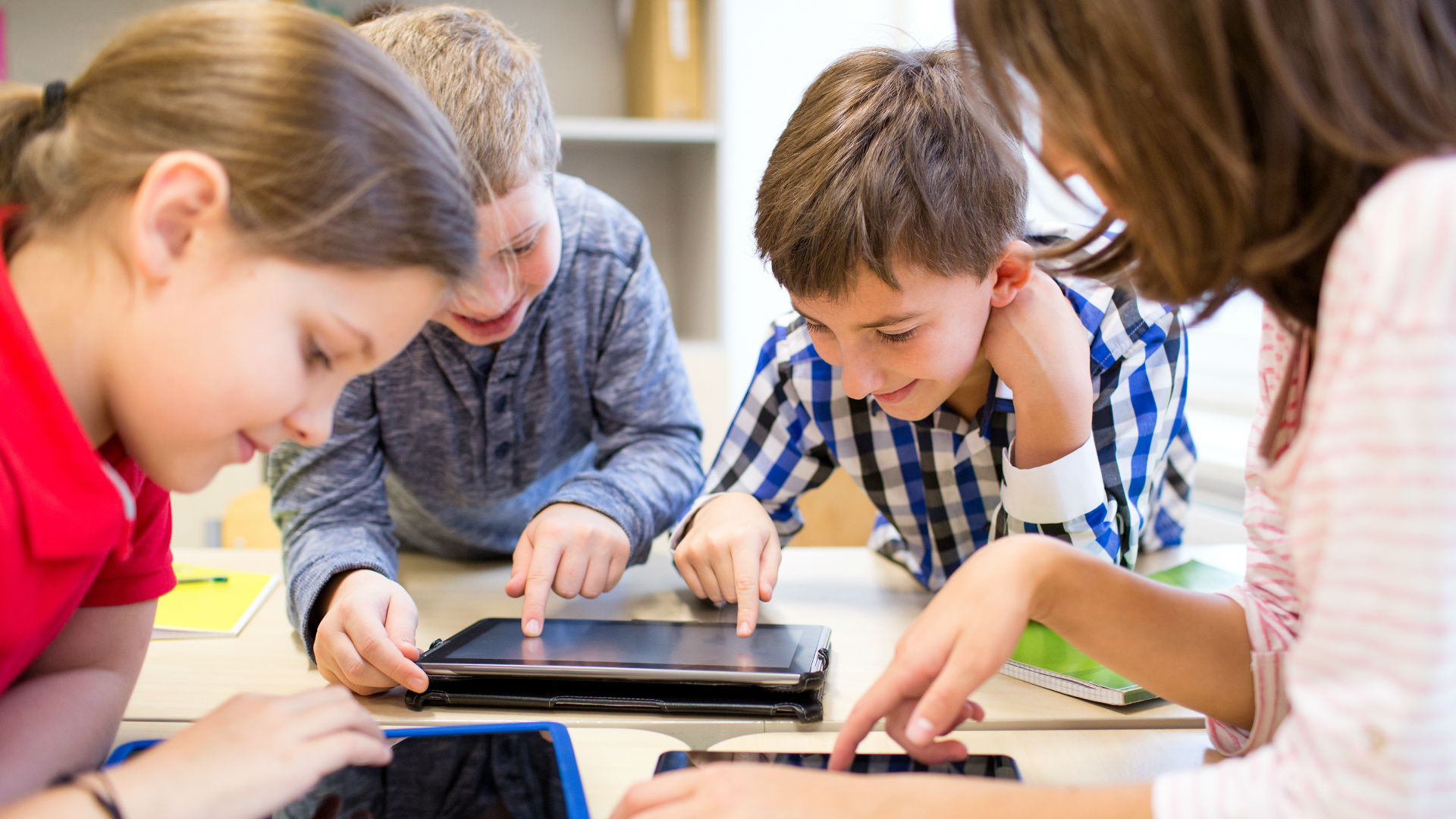
"Right from the very outset you need to have the correct tools, you need to have the teacher training in place and you need to have them willing to actually teach it," he explained. "You have to think about how it's going to progress from the point at which you're introducing it, whichever year group that is, and then spread it up and down the age groups effectively and potentially across the curriculum."
A key piece of hardware that can enable this balance between teaching excellence and technology is an interactive display. This takes the place of the traditional blackboard or whiteboard and provides greater continuity of learning for example, a teacher could create a quiz that's done during class using the display with all the pupils chipping in their answers from their mobile device while at their seat.
Filigree Consulting's report also cites findings from the Organisation for Economic Co-operation and Development (OECD), which carried its own research into the use of technology in education in 2015. It found that while technology promotes collaboration and interaction among students and with their teacher, if it distracts from this a negative effect can be felt rather than a positive one.
Making the most of an investment
What the research from Filigree Consulting and the OECD shows is that successfully using technology in classrooms to achieve good outcomes for students isn't just about buying the shiniest piece of kit around.
Even if an institution has a lot of money to fling at bringing tech into the classroom and let's face it, most don't deciding what to buy and from whom is a delicate decision making process.
One of the priority considerations should be the fact that education is a highly specialised area, much like healthcare or finance. As such, technology for a learning environment needs to be tailored to meet this specialisation.
While some more generalist suppliers may have arms that deal with edtech, for critical classroom infrastructure whether that's an interactive whiteboard or software to support learning and teaching it's well worth turning to a specialist.
See more SMART Technologies customer stories here
One company well-versed in technology for education is SMART Technologies. For the past 30 years, it has been providing hardware, including its famous SMART Board, and software to enhance the experiences of teachers and their students.
As noted in the Filigree research, however, when it comes to technology in the classroom, software trumps hardware in terms of improving learning outcomes. SMART has wrapped up its various software offerings in what it calls the SMART Learning Suite. This comprises four pieces of specialised software: Notebook, lab, amp and response 2 - and an online solution as well, Learning Suite Online.
Notebook allows teachers to provide engaging, hands-on learning experiences from their work or home computer, with the ability to send them directly to their classroom's interactive whiteboard.
SMART lab, meanwhile, provides teachers with templates to create game-based activities, while response 2 allows them to create a quick quiz to ensure students have understood the lesson. SMART amp, on the other hand, is focused on collaboration, allowing the whole class to work together or smaller groups of children.
SMART is also sensitive to the fact schools don't have endless resources to pour into a total hardware refresh and will work on virtually any type of hardware, including Chromebooks and iPads.
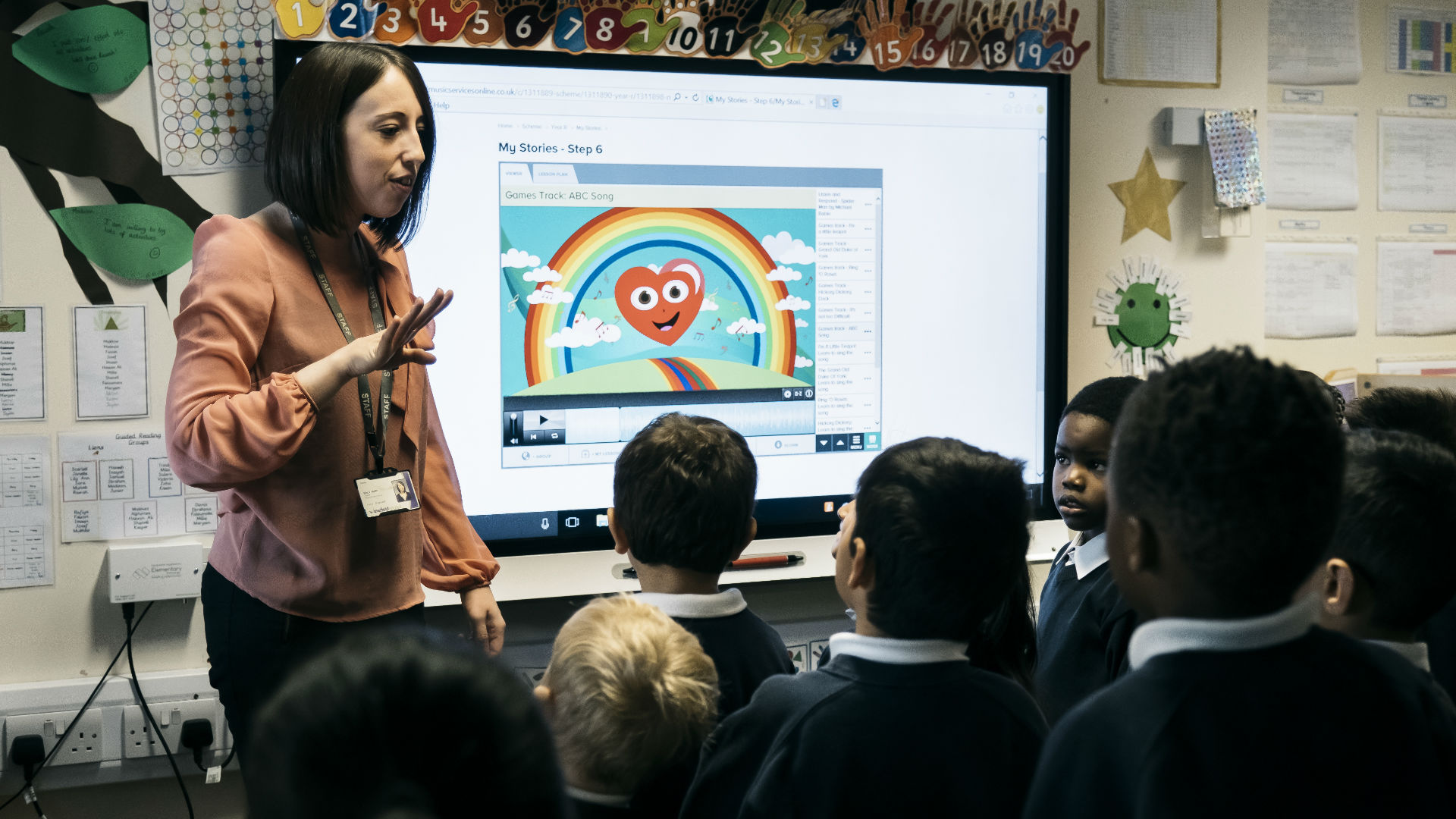
One such school that has embraced SMART is Pinders Primary in Wakefield, West Yorkshire. With 80% of students speaking English as a second language, head teacher Lorna Kemplay and her deputy Craig Fraser needed to bring in technology that could facilitate visually engaging and lively lessons.
Working with consultants Elementary Technology, the school devised a five-year plan to invest in new SMART Board interactive displays, upgrade to SMART Notebook 17 software and commit to ongoing training.
"To have technology that we can see, the resolution of it is phenomenal, now we've got sound that erupts over the children, that has high definition to really capture them," Fraser said. "When you say software to support children's learning, you think of SMART. The differences from Notebook 11 to Notebook 17 is clearly a wide variety of resources through 3D images and class lab systems that allow it to be an engaging system."
Alongside the hardware and software upgrades, Pinders has implemented a third piece of the puzzle in the form of ongoing training an approach they call "triangulation". "You've got to have all three to get value for money," Kemplay explained. "Triangulation, that's really a central part of it and that's what we've had with SMART and Elementary Technology."
She added that Pinders' leadership is looking at SMART as a long-term investment, saying: "We have to get something that's going to have an impact and have longevity. It's a legacy for the future and for the children that come through Pinders Primary."
Budgets may be tight, but when it comes to making a technology investment in your school, choosing a tailored suite that's device agnostic, alongside the 21st century version of the stalwart blackboard, is one of the most sensible choices any institution can make.
SMART Technologies is transforming education discover more here.
Sign up today and you will receive a free copy of our Future Focus 2025 report - the leading guidance on AI, cybersecurity and other IT challenges as per 700+ senior executives
ITPro is a global business technology website providing the latest news, analysis, and business insight for IT decision-makers. Whether it's cyber security, cloud computing, IT infrastructure, or business strategy, we aim to equip leaders with the data they need to make informed IT investments.
For regular updates delivered to your inbox and social feeds, be sure to sign up to our daily newsletter and follow on us LinkedIn and Twitter.
-
 Trump's AI executive order could leave US in a 'regulatory vacuum'
Trump's AI executive order could leave US in a 'regulatory vacuum'News Citing a "patchwork of 50 different regulatory regimes" and "ideological bias", President Trump wants rules to be set at a federal level
-
 TPUs: Google's home advantage
TPUs: Google's home advantageITPro Podcast How does TPU v7 stack up against Nvidia's latest chips – and can Google scale AI using only its own supply?
-
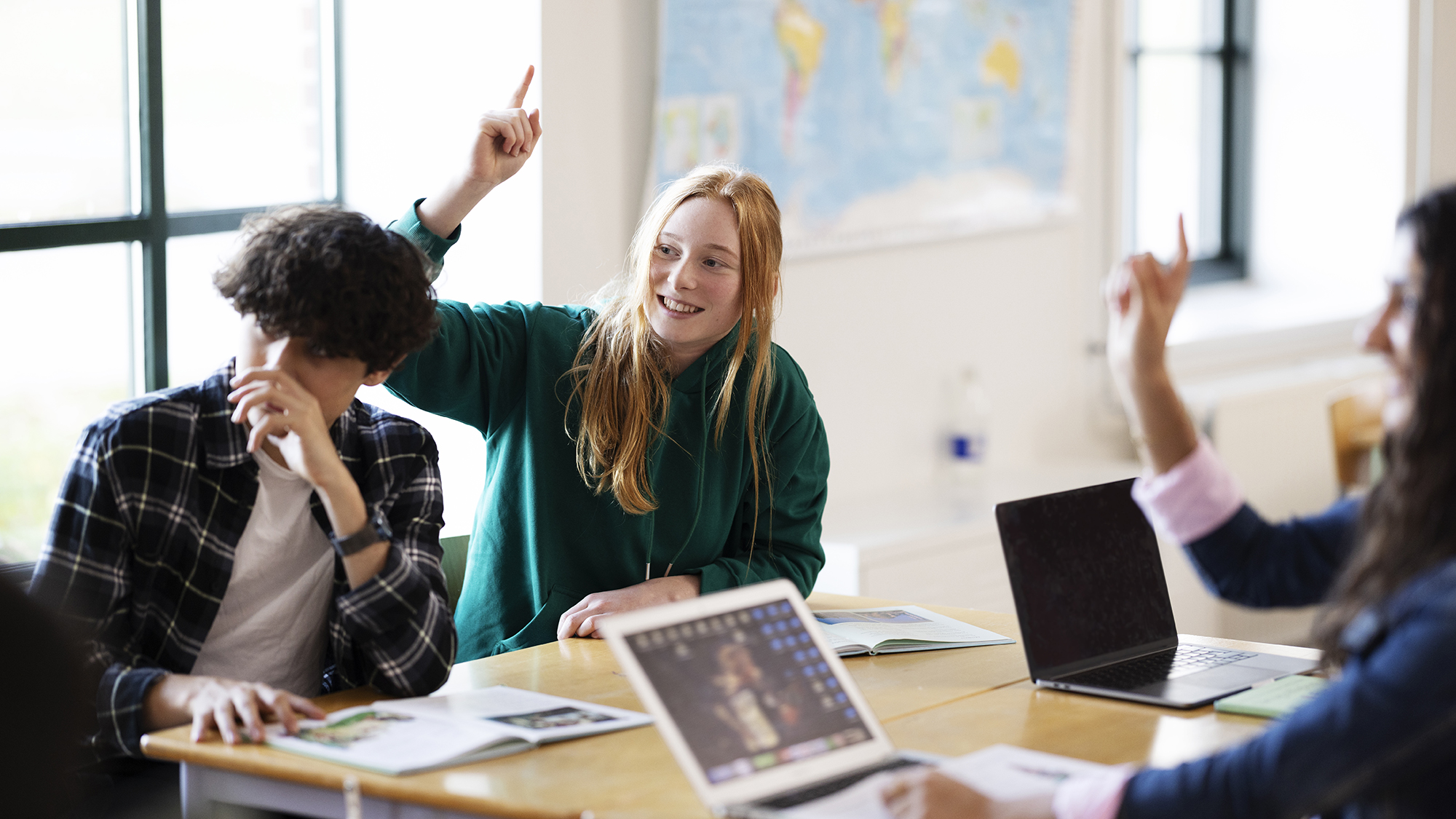 How AI innovation is driving educational excellence
How AI innovation is driving educational excellenceSupported Content Generative AI is helping students learn and educators teach, and the classroom of today is shaping the future of work
-
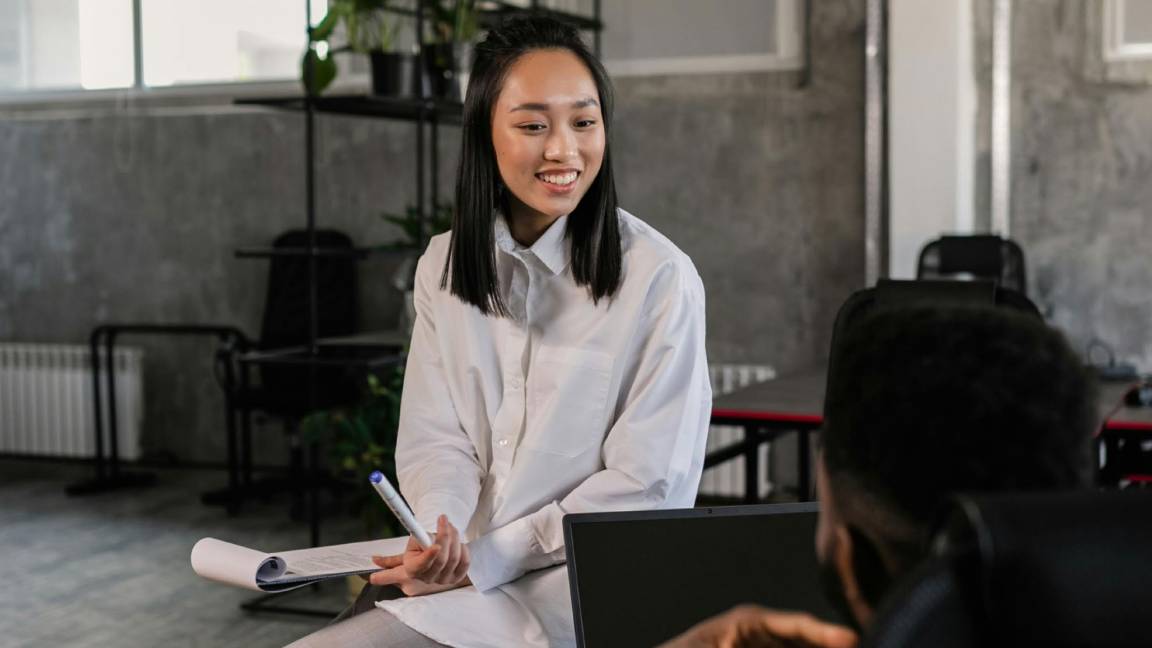 Fuelling growth through transactions
Fuelling growth through transactionswhitepaper Prepare for the future of payments with flexible solutions
-
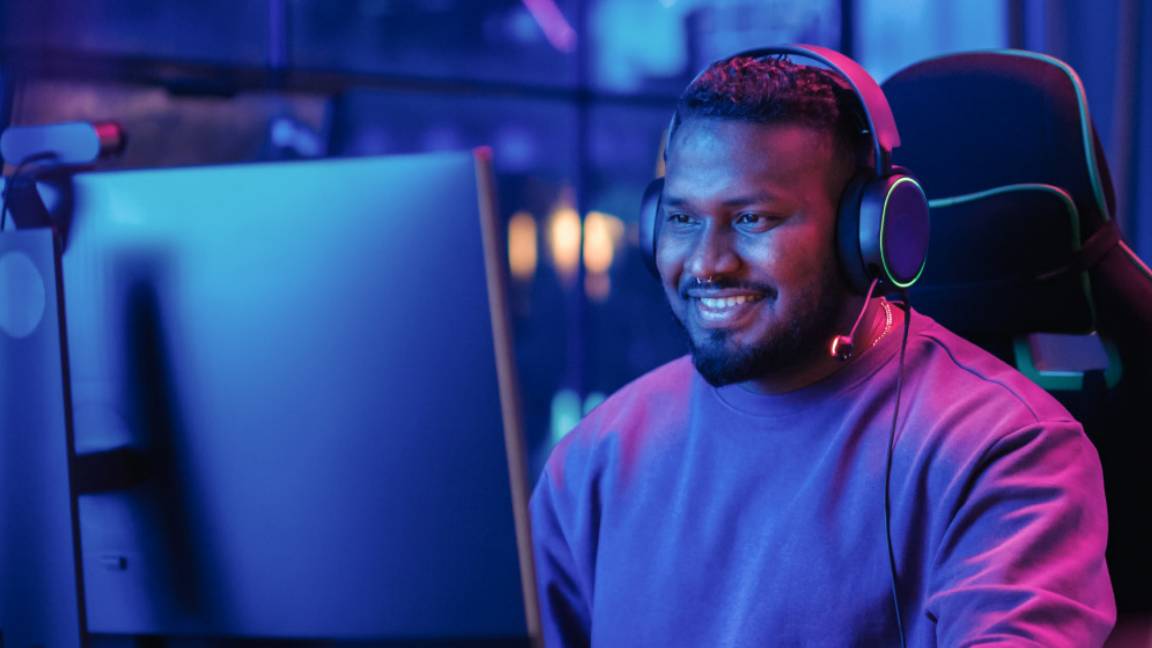 Monetization strategies for digital content creators
Monetization strategies for digital content creatorswhitepaper An overview of the economies of forex markets in Latin America and what payment providers need to know to enter the region
-
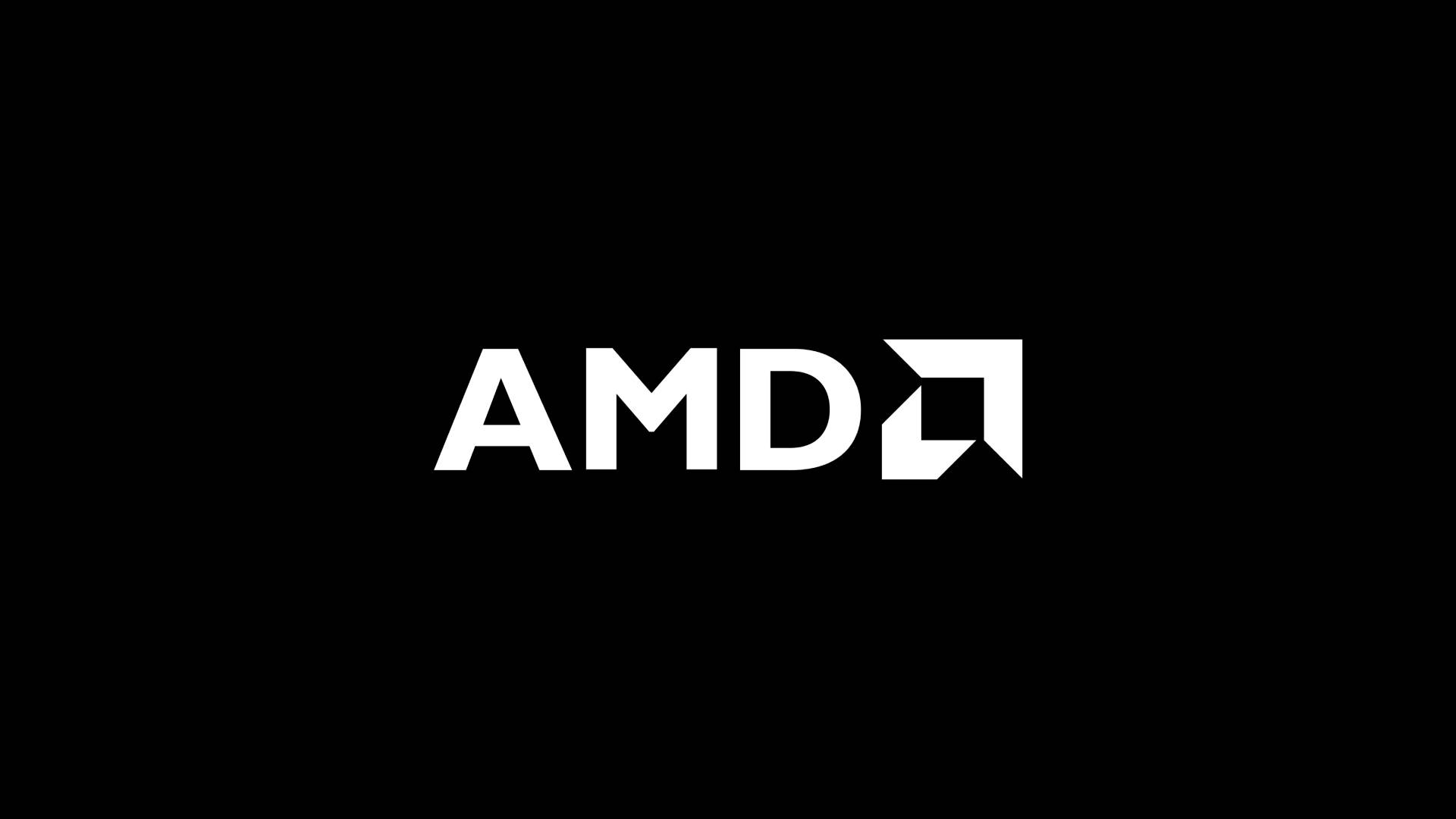 AMD Ryzen™ PRO processors and Windows 11 Pro
AMD Ryzen™ PRO processors and Windows 11 Prowhitepaper Better together for enterprise
-
 Retail forex development in Latin America
Retail forex development in Latin Americawhitepaper An overview of the economies of forex markets in Latin America and what payment providers need to know to enter the region
-
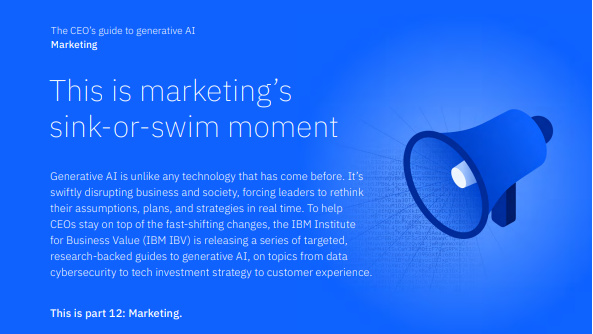 The CEO's guide to generative AI: This is marketing's sink or swim moment
The CEO's guide to generative AI: This is marketing's sink or swim momentWhitepaper Position marketing as the model for generative AI-driven workforce transformation
-
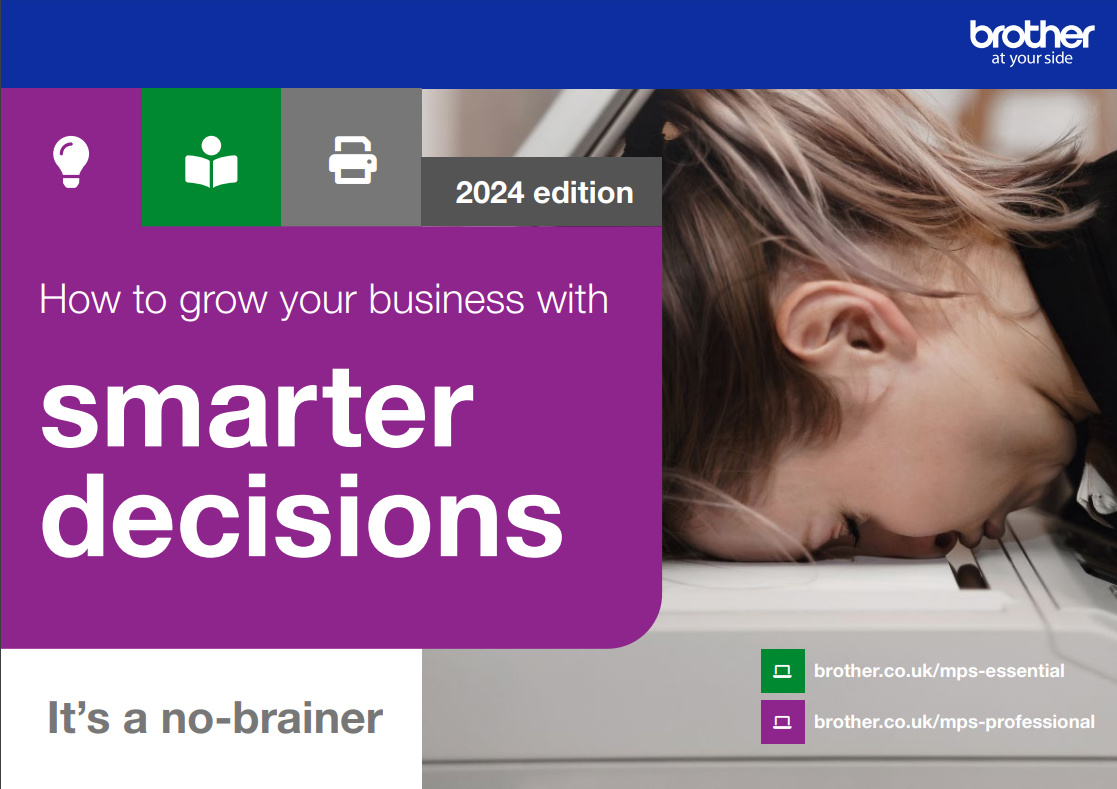 How to grow your business with smarter decisions
How to grow your business with smarter decisionsWhitepaper Introducing changes that generate business growth in the face of economic uncertainty for a stronger, more cohesive future
-
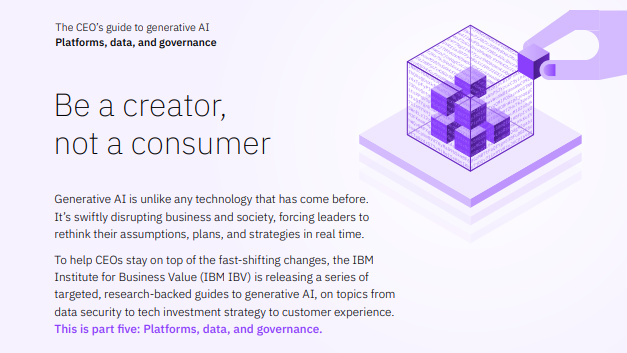 The CEO's guide to generative AI: Be a creator, not a consumer
The CEO's guide to generative AI: Be a creator, not a consumerWhitepaper Innovate your business model with modern IT architecture, and the principles of trustworthy AI

